
 You can get a copy of this art work for $15.99 HERE
You can get a copy of this art work for $15.99 HERE
"...my fear is that after I'm gone,
something interesting is going to happen,
and I'm going to miss it..."
I want to thank Habitually Chic HERE for calling my attention to the sad passing of acclaimed American artist Robert Rauschenberg. He died at his home on Captiva Island in Florida at the age of 82 on Tuesday May 13.

Building on the legacies of Marcel Duchamp, Kurt Schwitters and Joseph Cornell, he helped to obscure the lines between painting and sculpture, painting and photography, photography and printmaking, sculpture and photography, sculpture and dance, sculpture and technology, technology and performance art — not to mention between art and life
 Robert Rauschenberg was born on Oct. 22, 1925, in Port Arthur, Texas, a small refinery town where "it was very easy to grow up without ever seeing a painting,’"he said. His grandfather, a doctor, had settled in Texas and married a full-blooded Cherokee. His father worked for a local utility company. The family lived so modestly that his mother used to make him shirts out of scraps of fabric. For his high school graduation present, Mr. Rauschenberg wanted a ready-made shirt, his first. A decade or so later he made history with his own assemblages of scraps and ready-mades: sculptures and music boxes made of packing crates, rocks and rope; and paintings like 'Yoicks' (above) sewn from fabric strips.
Robert Rauschenberg was born on Oct. 22, 1925, in Port Arthur, Texas, a small refinery town where "it was very easy to grow up without ever seeing a painting,’"he said. His grandfather, a doctor, had settled in Texas and married a full-blooded Cherokee. His father worked for a local utility company. The family lived so modestly that his mother used to make him shirts out of scraps of fabric. For his high school graduation present, Mr. Rauschenberg wanted a ready-made shirt, his first. A decade or so later he made history with his own assemblages of scraps and ready-mades: sculptures and music boxes made of packing crates, rocks and rope; and paintings like 'Yoicks' (above) sewn from fabric strips.
When he won the international grand prize at the Venice Biennale in 1964, Rauschenberg said he regarded the Merce Cunningham Dance Company as his biggest canvas.

Mr. Rauschenberg wasn’t just the designer of most pieces Mr. Cunningham had choreographed; he was also a permanent colleague. He toured America and, in 1964, the world as stage manager to the Cunningham company, adjusting the lighting and costumes, making several of the dancers into his long-term friends, helping turn the itinerary of a dance company into a fulcrum of ideas.
In 1954 Mr. Rauschenberg was the first stage designer to follow the principle of artistic independence already established by Mr. Cunningham and music composer and collaborator to Mr. Cunningham, John Cage. All he needed to know was which dancer to design costumes for, and if Mr. Cunningham had any further specifications. So when Mr. Cunningham asked (in 1954) for décor around which the dancers could move, Mr. Rauschenberg placed a large red free-standing combine center stage in “Minutiae”; though the choreography has not survived, the décor is still used in some Cunningham Events.
As a young art student Robert Rauschenberg was someone we intently studied, admired, and aspired to. Rauschenberg said "I think you’re born an artist or not. I couldn’t have learned it, and I hope I never do because knowing more only encourages your limitations.”
I also spent time around The Merce Cunningham rehearsal studios, and the name of Rauschenberg was often invoked.
As in every field, the pioneers and innovators pass away, and pass on a legacy and body of work for all of us, and the ages. When asked about dying, Rauschenberg said: "There are moments in the day when I find it terrifying, I don't ever want to go. I don't have a sense of great reality about the next world." Then, referencing an old spiritual, he said, "My feet are too ugly to wear those golden slippers. I'm working on my fear of it, and my fear is that after I'm gone, something interesting is going to happen, and I'm going to miss it." Amen and God bless you Robert, and condolences to your loved ones...
Thanks to The New York Times for great coverage, which I cut and pasted here for all of you.
You can read more about the great Robert Rauschenberg HERE and HERE


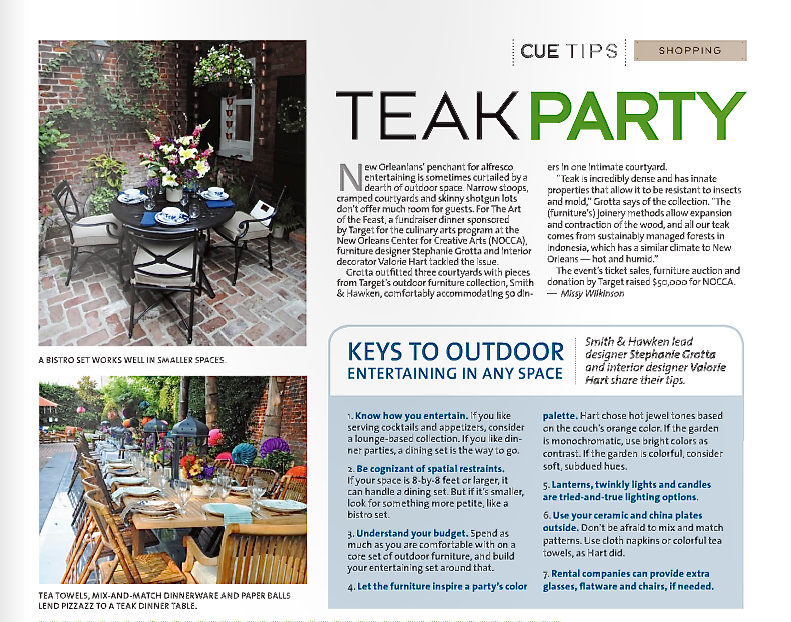




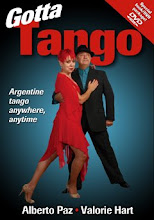
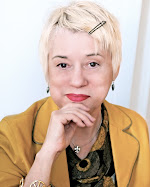























































































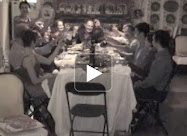
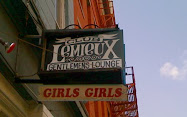

















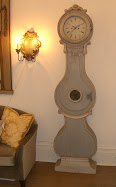.jpg)









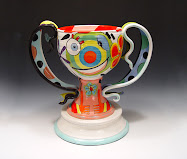
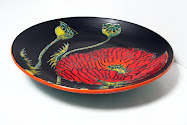

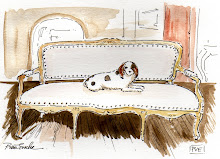



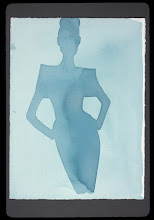


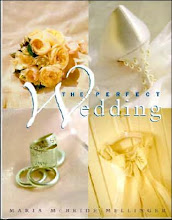


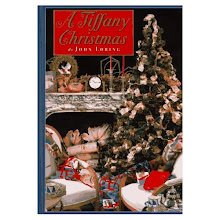
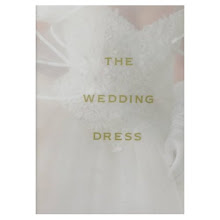
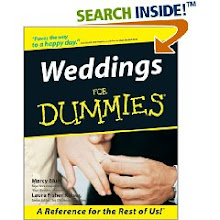


No comments:
Post a Comment